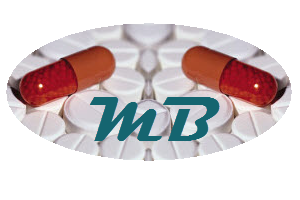Carbamazepine
Genetic testing is highly recommended before carbamazepine is administered to patients from China, due to high risk for carrying HLA-B*1502. Patients carrying HLA-B*1502 are at strongly increased risk for life treatening carbamazepine-induced Stevens-Johnson syndrome/toxic epidermal necrolysis (SJS/TEN). Prevalence of HLA-B*1502 is high in several Asian countries, including China.
The first report stated (Han-Chinese living in Taiwan): The odds ratio if positive for HLA-B*1502 for developing carbamazepine-induced Stevens-Johnson syndrome/toxic epidermal necrolysis was 2504 (95% CI: 126−49,522) (Ferrel, 2008). Later a systematic review yielded a summary odds ratio of 115.32; (95% CI, 18.17-732.13) among Han-Chinese. (Tangamornsuksan et al., 2013).
See also: Special topics.

